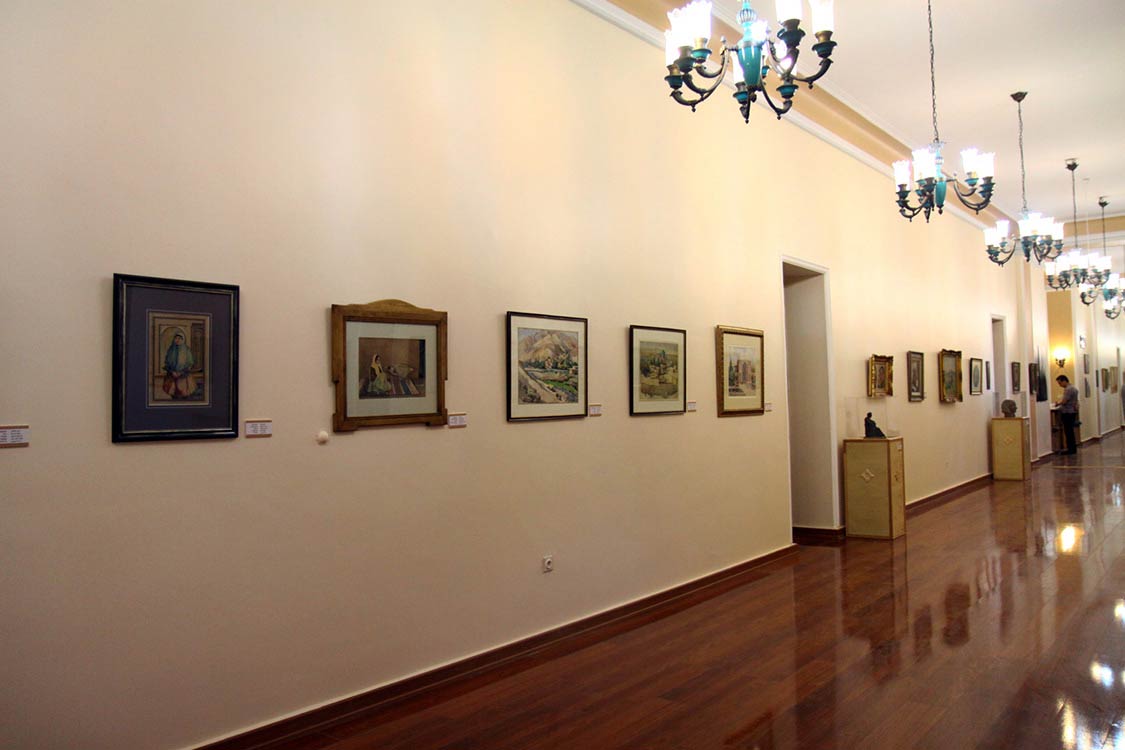An old water system has been discovered under the library of Negarestan museum complex, near Baharestan square in Tehran, Mehr News reported.
Negarestan library has been under restoration for over two months. A few days ago, when they were digging the basement, brick structures and rectangular spaces surfaced.
Considering their shape and position, and other accessory equipment such as metal valves and earthen pipes, the findings are believed to belong to a system that supplied and distributed water throughout Negarestan garden and the properties farther south.
Archaeologist Farshid Mosadeqi from the research institute of the ICHHTO (Iran’s Cultural Heritage, Handicrafts and Tourism Organization) went to see the discovered water system.
“Due to the ubiquitous traces of the underground structures, digging has been halted, and a report has been submitted to conservation officials to acquire authorization for future operations,” Mosadeqi said.
A water reservoir could have existed somewhere around the library, head of Negarestan museum garden Mostafa Dehpahlevan said. “We are corresponding with Tehran’s ICHHTO to have the site visited by experts and explored.”
What has been discovered so far are the remains of a water system which requires deeper explorations to glean more information, Dehpahlevan said.
Water Systems in the Past
The old residences in Tehran, especially those with gardens, had water reservoirs. The water supply system of these houses consisted either of a subterranean canal of qanat or simply a well. Water ran along little trenches in the alleys. The water reservoirs were usually built near the alleys. When their hatches were opened, they were filled with qanat waters.
The buildings in Negarestan garden date back to the mid 1920s; the foundations and initial structures are even older, dating back to the Qajar era, whose numerous traces turn up occasionally here and there in the garden during landscaping and other activities.
Thus sooner or later, one of the garden’s buildings will turn into a museum, housing the artifacts discovered in the garden, Dehpahlevan said. Tiles from early Qajar era and potteries are among the discoveries.
The structures beneath the library, quite distinct from what has replaced it, can tell much about the story of the garden before the establishment of the library. It is quite probable that the place was a major water system for reserving and distributing water in a large scale, even extending over Baharestan square, Mosadeqi said.
Any archaeological exploration on the site should be limited to few test trenches, while all the findings should be documented in detail.
Mosadeqi delves further back in the history of Tehran, when Negarestan garden had been a water supply center. Back then the location received water running from the north and west, and directed it to the lands south of Tehran. Thus, the discovered structures can yield significant information on Tehran’s urban evolution.


